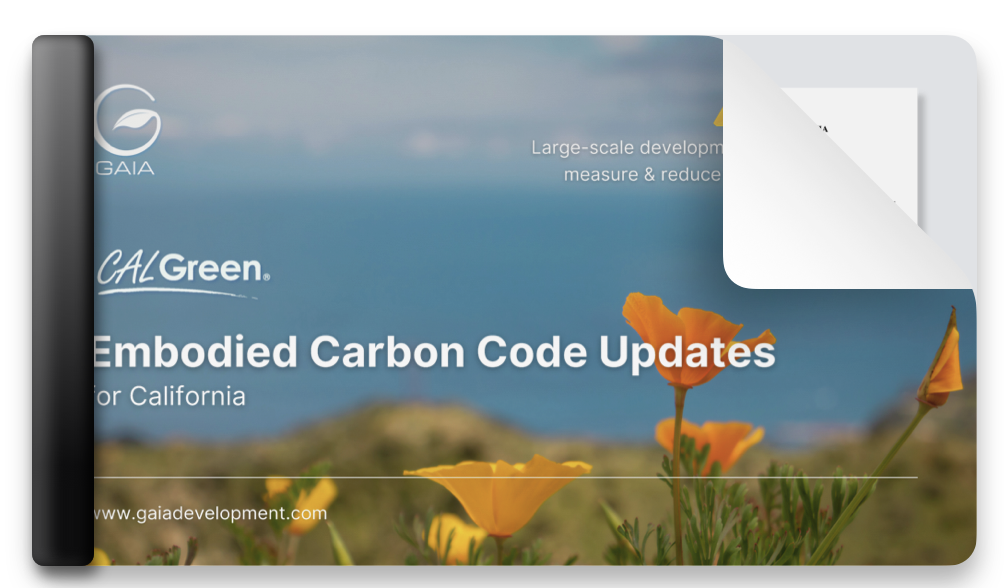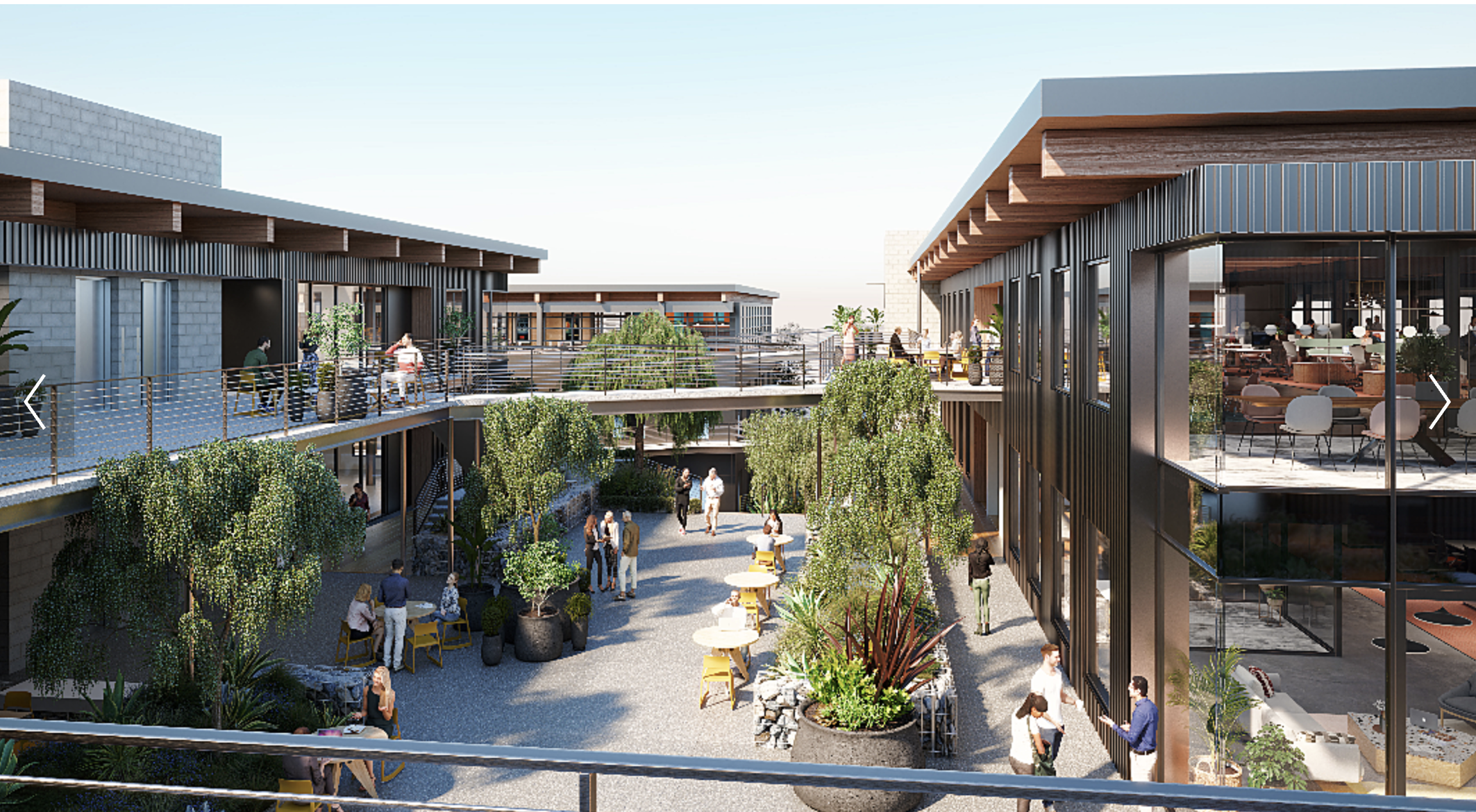2024 Updated CALGreen Code: Embodied Carbon Requirements
⚠️ Starting July 1, 2024, commercial buildings over 100,000 square feet in California must measure and reduce their embodied carbon.
What’s Changed?
The 2024 CALGreen code introduces mandatory embodied carbon assessments for large commercial buildings. Key updates include:
Requirements for buildings over 100,000 square feet
Three (3) compliance pathways:
1. Building reuse
2. Whole Building Life Cycle Assessment (WBLCA)
3. Prescriptive (option for specific products)
Understanding Embodied Carbon
Embodied carbon refers to the total greenhouse gases emitted during a building’s lifecycle, from material extraction to construction and eventual disposal.
Unlike operational carbon, embodied carbon is ‘locked in’ once the building is constructed, emphasizing the need for early action.
Almost half of a building's emissions come from its construction.
Measuring Embodied Carbon
We measure and reduce embodied carbon by conducting a life cycle assessment (LCA).
GAIA’s expertise in conducting LCAs helps clients comply with regulations and apply decarbonization strategies.
GAIA’s Role & Expertise
With over 300 life cycle assessments completed, GAIA is at the forefront of embodied carbon assessment. Our team guides clients through new regulations, ensuring compliance and promoting sustainable building practices.
By 2026, we predict even smaller buildings—those between 50,000 to 100,000 square feet—will fall under these new regulations.
With each code revision, more and more structures will have to step up, helping us inch closer to our 2030, 2040, and 2050 climate targets and environmental goals.
California's pioneering stance is more than a regulation. It's a call to participate in responsible action. The time for embodied carbon accountability is now. Let’s rise to the challenge and support other cities and states to follow suit.









To demo or not to demo, that is the question.